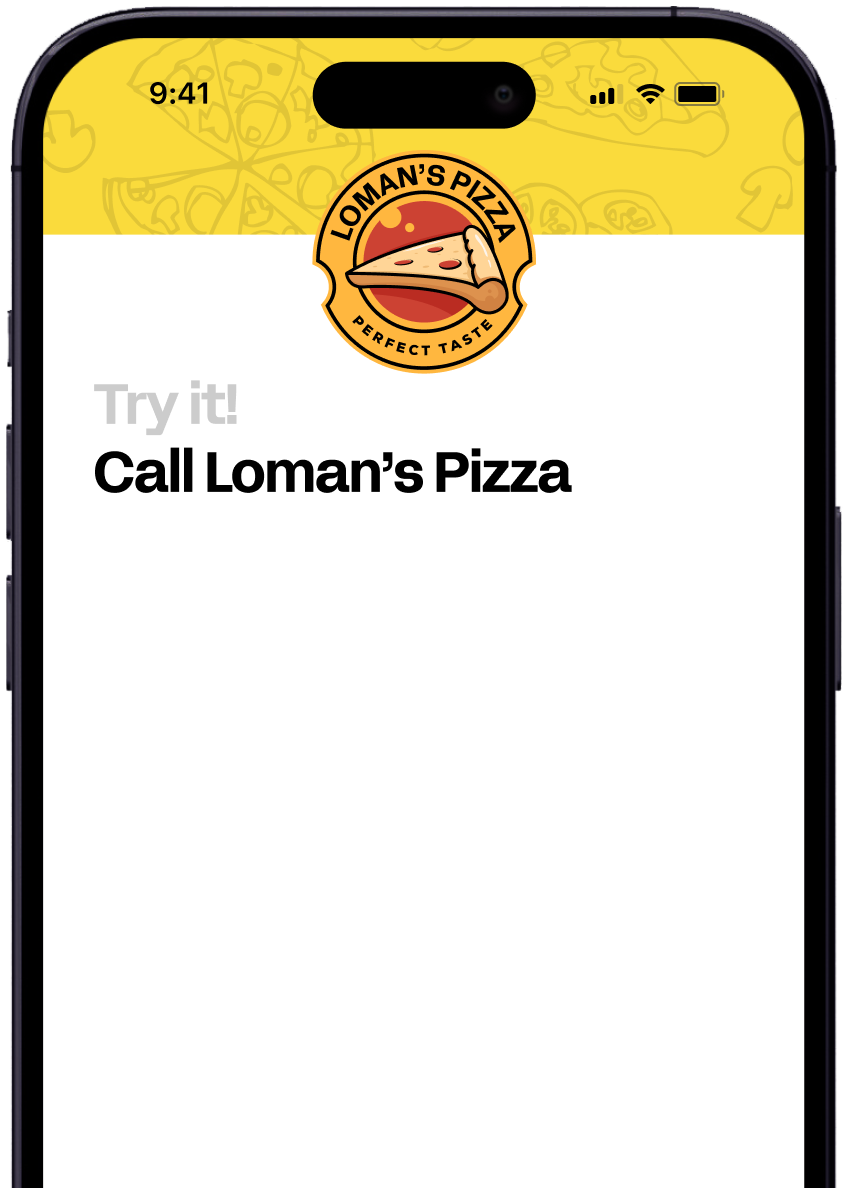April 15, 2025

Every day, restaurants lose an average of 3-5% of potential revenue due to inefficient order processing and missed calls. That might not sound like much, but for a restaurant making $1 million annually, that's up to $50,000 walking out the door. The culprit? Disconnected systems that don't talk to each other.
When your phone system operates separately from your point-of-sale (POS) system, you're essentially running two businesses under one roof. Your staff becomes the human bridge between these systems, manually transferring information and inevitably introducing errors along the way.
But what if there was a better way?
Seamless restaurant POS integration isn't just a fancy tech term—it's the backbone of modern restaurant operations. At its core, it means your ordering systems (phone, online, in-person) directly communicate with your POS without human intervention.
Think about what happens when a customer calls your restaurant:
This seemingly small difference creates a ripple effect throughout your entire operation, touching everything from order accuracy to staff morale.
When restaurants implement seamless POS integration, they typically see three immediate benefits:
Nick, a restaurant owner in Chicago, put it this way: "Before integrating our systems, we were missing about 20 calls during rush hours every day. That's 20 potential orders gone. Now our systems handle everything automatically, and we've seen our takeout revenue jump by 22% in just two months."
The math is simple—when your systems work together, your business works better.
Modern POS integration connects your various ordering channels directly to your point-of-sale system. This creates a single source of truth for all transactions.
The most effective integrations work across multiple platforms:
When a customer places an order through any of these channels, the information flows automatically into your POS, creating the order, calculating the price, and sending it to the kitchen display system without any manual steps.
This automation eliminates the most common points of failure in restaurant operations.
The magic happens through APIs (Application Programming Interfaces) that allow different software systems to communicate. Modern restaurant technology uses these connections to create a unified ecosystem.
For phone orders specifically, AI-powered systems can now understand customer requests, process orders, and input them directly into your POS. At Loman.ai, our AI phone agent handles this entire process, taking orders with greater accuracy than human staff while integrating directly with popular POS systems like Toast, Square, Clover, and Revel.
The technology works in the background, so your staff doesn't need to become tech experts. They simply focus on what they do best—creating great food and experiences for your in-house guests.
Despite the clear benefits, many restaurants hesitate to implement seamless POS integration due to concerns about:
These are valid concerns, but modern solutions have addressed most of these issues. For example, Loman.ai's integration with major POS systems typically takes less than a day to set up, requires minimal staff training, and pays for itself within the first month through increased order volume and reduced labor costs.
William, a pizzeria owner, noted: "I was worried about the transition, but the system was up and running in hours. It's more accurate at taking orders than my human staff. An absolute no-brainer for us."
While order processing is the most visible benefit of seamless POS integration, the advantages extend much further:
This comprehensive approach means you're not just processing orders more efficiently—you're building a smarter business that can adapt to changing conditions.
Let's talk numbers. For a typical restaurant, the financial impact of seamless POS integration comes from multiple sources:
Abdul, a restaurant owner using integrated systems, reported: "Sales are up almost 25% since we started using Loman. We're capturing orders we used to miss during busy periods, and my staff can focus on in-house customers."
The return on investment typically becomes apparent within the first 30-60 days of implementation.
Not all POS integration solutions are created equal. When evaluating options, consider these factors:
The best solutions, like Loman.ai, offer seamless restaurant POS integration with minimal disruption to your existing operations. They're designed to work with your current systems rather than requiring you to replace everything you're already using.
The restaurants that thrive in the coming years will be those that embrace seamless integration between their customer touchpoints and their operational systems. This isn't just about technology—it's about creating a more efficient, accurate, and profitable business model.
As Beth, a restaurant owner using Loman.ai, put it: "My staff absolutely loves the AI. I can't believe how many calls I was missing. We saw a big jump in sales after only a month."
If you're ready to explore how seamless POS integration can transform your restaurant's operations, Loman.ai offers a personalized demo that shows exactly how our AI phone agent can integrate with your existing POS system. You'll see firsthand how the technology works with your specific menu and operations.
The future of restaurant transactions is integrated, automated, and efficient. The only question is whether your restaurant will be part of that future.
With modern solutions like Loman.ai, integration with major POS systems can be completed in as little as 24 hours. The process is largely handled by the technology provider, with minimal disruption to your operations.
Most integrated systems are designed to work within your existing workflows. Staff typically need minimal training—often less than 30 minutes—to understand how orders flow through the integrated system.
Quality integration solutions include offline modes and backup systems. For example, Loman.ai can continue taking phone orders even during internet outages, then sync with your POS once connectivity is restored.
Yes. Most solutions offer pricing models that scale with your business size. The ROI typically makes these systems cost-effective even for small operations, as they capture revenue that would otherwise be lost to missed calls and orders.

Enter your information in the form to receive a call from Loman and place an order like a customer would!